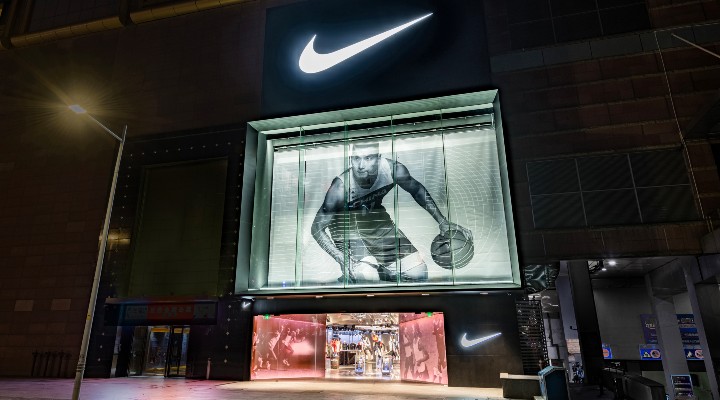The change in consumer behaviour brought on by the pandemic has been wide-reaching. From the inability to travel to the uptick in Zoom meetings, these shifts have led to changes that will extend beyond Covid. The result, for many industries, including retail, has been the rise of the low-touch economy. Characterised by lower touch interactions, the change has presented many opportunities that many retail brands have embraced. But as we emerge from Covid and people’s fears of physical exp
experiences subside, low-touch experiences are merging with high-touch to create ‘blended’ experiences.
It’s not just about blending physical and digital. We’re seeing the blending of convenience and experience, safety and participation, isolation and connection, identity and altruism, packaging and education, and making and community. And when you bring together two seemingly disparate things, the opportunity for innovation arises through surprising connections.
Take, for example, the merging of convenience and experience. It’s often thought that these are poles apart. We’ve become shoppers of extremes seeking out either convenience — where we’re just looking to get things done as quickly as possible — or more immersive experiences. But people can quickly switch between these two modes. Increasingly, people expect retailers to cater to both.
An example of a brand that has already embraced the blending of convenience and experience is Walmart, which introduced a new store design under the headline “Browsing is dead”. Walmart’s chief customer officer, Janey Whiteside, told Fast Company: “We’ve always known that customers want to get in and out of a Walmart as quickly as possible, not in a bad way, but you don’t want to waste time.” The store has been updated to reflect how shoppers navigate the space: items have been rearranged, and categories — such as electronics, toys and baby products — have been consolidated in dedicated sections.
By reducing friction in the shopping experience, the brand creates a differentiated experience from its competitors.
In the US, Target has also changed the way it treats spaces both on- and offline. When Covid hit, the brand experienced the highest footfall numbers in a decade and had to pivot to curbside pickup quickly. Within a year, the business established the service, which rose an incredible 700 per cent as Target fulfilled almost 90 per cent of its digital orders with local stores.
Another way the blended experience is coming to life is through the interactive showroom. Many retailers are programming their physical spaces to use image recognition and scanning technologies. Alongside this, transactional components are seamlessly delivered.
An example is the Nike Rise store in Guangzhou, China. There are weekly basketball games, running tracks, and football events around the exterior of the space in a contactless environment. Inside, shoppers can scan orders and have the merchandise brought to them without engaging with a staff member. Customers can also personalise products and have their feet scanned using proprietary Nike technology to find the best fit.
A brand taking this yet another step further is Canada Goose. The clothing retailer is applying augmented demo-ing, stripping out stores and shifting the focus to the experience, which heroes the product. Called The Journey, the concept store in Toronto immerses guests in the spirit of the outdoors. They walk across cracking ice panels of glass on the floor, select items to trial then move into a space that demonstrates destinations, such as a minus 12-degree room. This isn’t an environment designed for purchasing; this is where you experience what it’s like to own the item — all while socially distancing.
In the coming months, we can expect to see more of these ‘blended’ experiences as retailers look to meet the needs of consumers that are changing once again. And it’s not just visible consumer touchpoints that are adapting to meet this need. Factories and layouts of working spaces are being redesigned to keep workers safe, with robots replacing high-risk human-to-human interactions. For all its downsides, the pandemic has led to widespread innovation, which the retailers and their consumers are set to benefit from.

